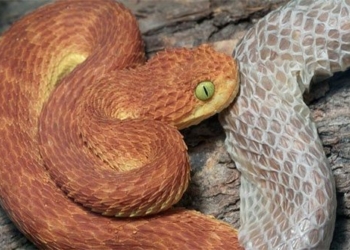In the world’s highest plateau – the Qinghai-Tibet Plateau, surprising news is spreading across local media – the population of plateau pikas has reached an astonishing figure of 1.2 billion.
Large-Scale Breeding of Plateau Pikas
The plateau pika is a small mammal that lives in high-altitude environments and is known for its high reproductive capacity. Recent studies have discovered that the population of plateau pikas has reached 1.2 billion in certain areas, which is astonishing but also raises the question: Why can plateau pikas reproduce so rapidly?
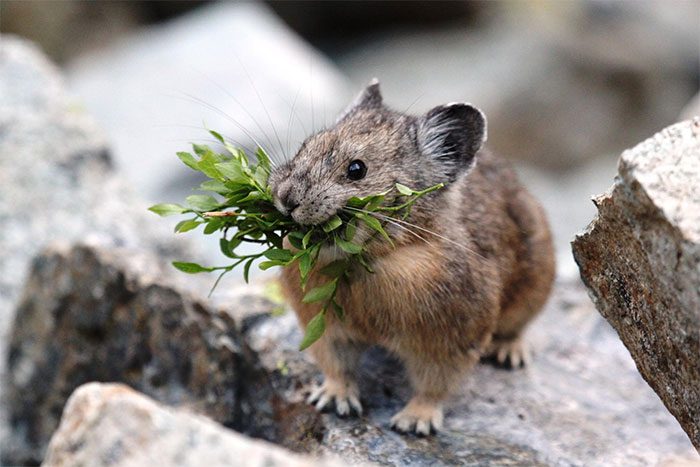
When traveling on the Qinghai-Tibet Plateau, you can see groups of “jumping rodents” running across the grasslands; they are the adorable plateau pikas. Although locals refer to them as “rats,” they are technically a type of “rabbit.” (Photo: Zhihu)
The reproductive capacity of plateau pikas is remarkably strong. Their breeding cycle is short, usually around 30-40 days. The number of offspring born in each litter is relatively high, typically ranging from 7-10, and can even reach up to 15. This high reproductive rate allows the plateau pika population to increase rapidly, with new individuals being able to breed again in a short time.
Plateau pikas are highly adaptable. They live in an environment on the plateau that is quite harsh for most organisms. However, through a long process of evolution, plateau pikas have gradually adapted to cold climates, drought conditions, and low oxygen levels.
They possess a strong ability to withstand cold and drought, even living in areas at elevations above 4,600 meters above sea level, which allows plateau pikas to reproduce in conditions where other animal species cannot survive, thus occupying an important position in the ecosystem.
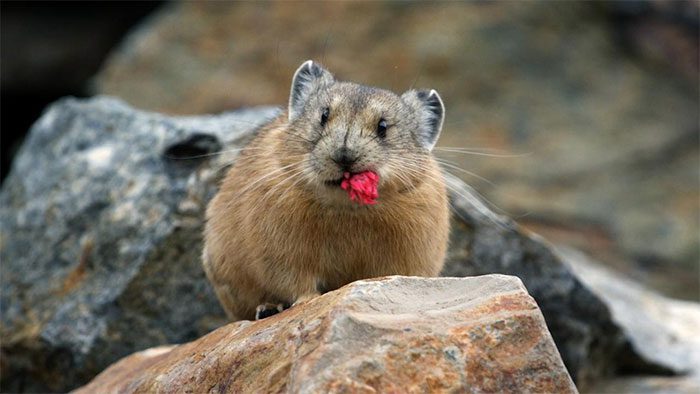
Plateau pikas are typical herbivores. Although each adult pika weighs only about 150-200 grams, its daily grass consumption is about 77.3 grams, which is roughly half its body weight; the daily intake of 56 pikas is equivalent to that of one Tibetan sheep. (Photo: Zhihu)
Plateau pikas have an abundant food supply. They are herbivores that primarily feed on herbaceous plants found in high mountainous regions, which are widely distributed and grow rapidly. Plateau pikas have relatively low dietary requirements and are high-volume feeders, capable of consuming large amounts of vegetation quickly like a “lawn mower.” Therefore, the abundant food supply is also one of the important reasons for the increase in the plateau pika population.
The reason the plateau pika population has reached 1.2 billion is mainly due to their strong reproductive capabilities, adaptability, and abundant food supply. However, an excessively high population of plateau pikas could also lead to some problems, so we should pay attention to their population growth and manage their numbers sensibly to maintain ecosystem balance.
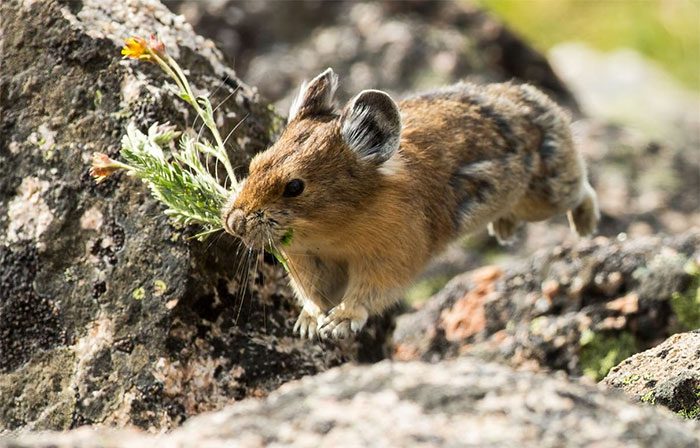
The burrows of plateau pikas can provide habitat and shelter for species like snow finches, ground crows, and other animals. (Photo: Zhihu)
Positive Impacts and Ecological Benefits of Plateau Pika Growth
The rapid reproduction of plateau pikas has caused various issues for the local ecological environment, such as crop damage, grassland degradation, and soil erosion. However, the growth of plateau pikas also brings some positive impacts and ecological benefits.
The proliferation of plateau pikas provides us with opportunities to understand and study wildlife. By observing and researching the behavior and habits of plateau pikas, we can learn more about their effects on crops and the ecosystem. This helps us develop more effective strategies to address crop losses and environmental damage.
The proliferation of plateau pikas also promotes ecosystem balance. Plateau pikas are a primary food source for many predators, including hunting species like raptors, foxes, and leopards. As the population of plateau pikas increases, they provide a larger food source for these predators, thereby sustaining their populations. In return, these predators can eliminate various pests and harmful species, thus promoting a healthy ecosystem.
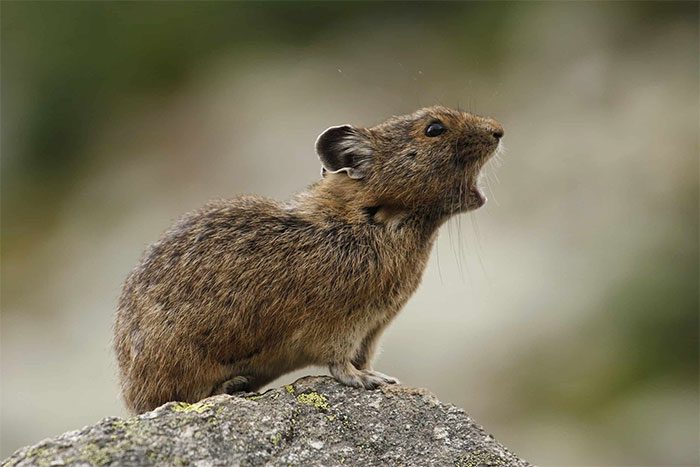
Plateau pikas are also considered “ecosystem engineers.” They are skilled at digging burrows. By excavating burrows, they move soil, vegetation, and other materials from one place to another. When the population density is moderate, they beneficially alter the environment, increasing landscape diversity and promoting the ecosystem. (Photo: Zhihu)
Plateau pikas also have the ability to repair and rehabilitate soil. They aerate soil by gnawing on plants and digging burrows, thus increasing the soil’s aeration and moisture retention capacity. This is crucial for crop growth and ecosystem recovery. The feces of plateau pikas are also highly valuable as fertilizer, providing nutrients and organic matter that encourage plant growth.
The prevalence of plateau pikas can also inspire farmers to innovate and seek changes to cope with the losses they cause. Farmers can try various improved methods to protect crops from plateau pikas, such as building protective nets, using natural traps, or introducing natural predators. These innovative measures not only help farmers protect their crops but also promote sustainable agricultural development and ecological conservation.
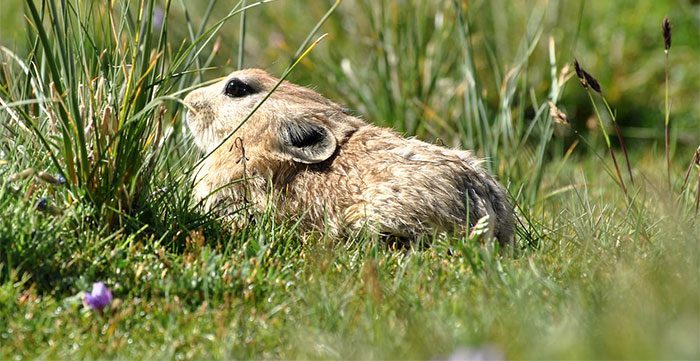
There are approximately 26 species of pika worldwide, including plateau pikas and Daur pikas. In fact, populations of most pika species are relatively rare, while in China, the populations of plateau pikas and Daur pikas are relatively common. (Photo: Zhihu)
Although the proliferation of plateau pikas has caused some issues for our ecological environment, we should be aware of the potential opportunities and ecological benefits. By studying and harnessing these opportunities, we can propose more scientific and feasible solutions to reduce crop losses, promote ecosystem restoration, and ensure environmental sustainability.










































